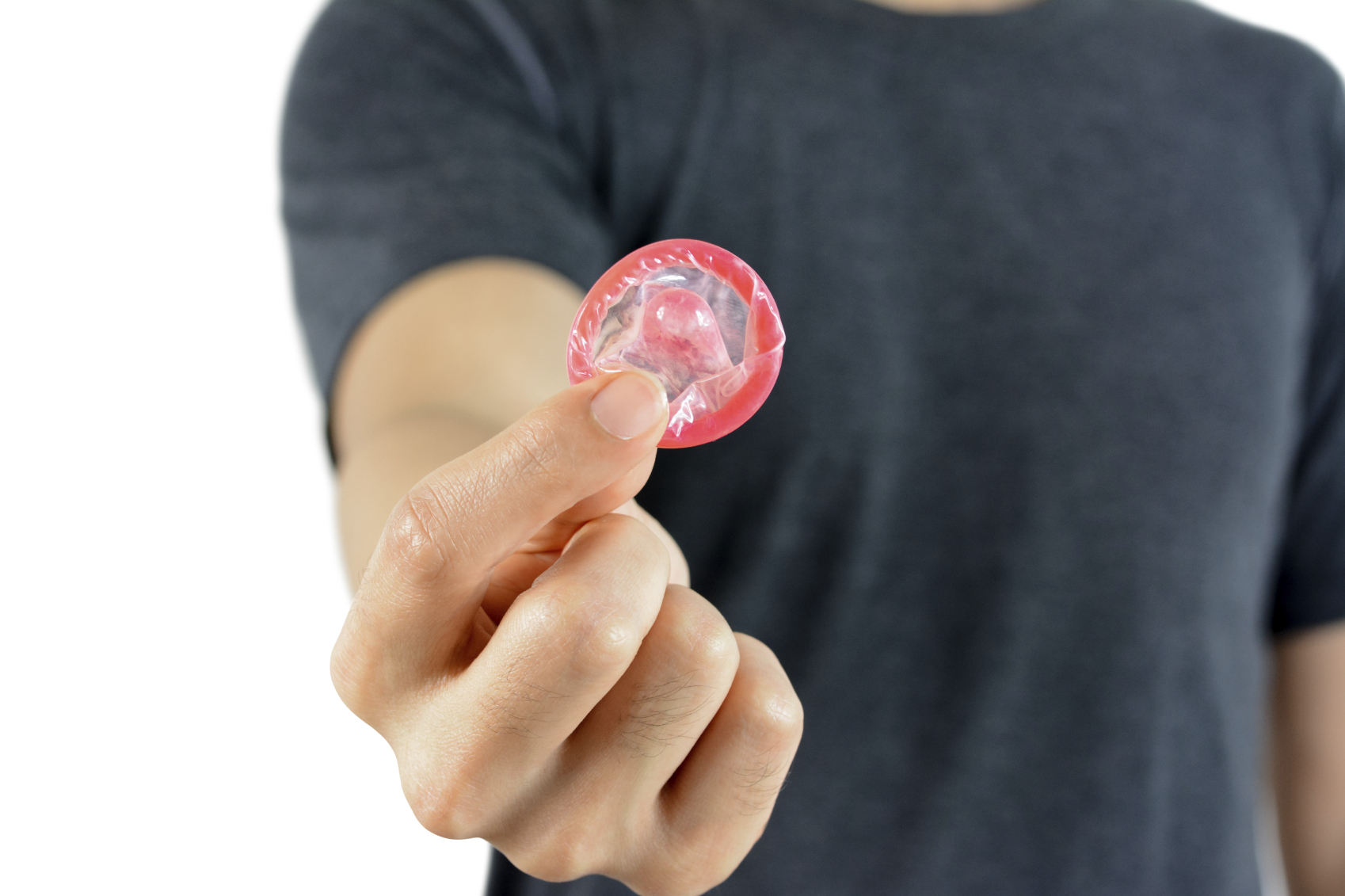
One day parents look across the dinner table and no longer see their baby looking back. It seems so sudden. There sits a teenager who drives, has a part-time job and will soon leave the nest. A good kid.
We might not be able to imagine our child in a sexual relationship. And yet our kids do have sexual lives, and those lives are putting them at risk for diseases that are currently on the rise — diseases that we can help prevent.
“In Washington state, there has been a real uptick in STDs [sexually transmitted diseases] such as chlamydia and gonorrhea,” says Cynthia Morrison, manager of Washington State Department of Health’s Adolescent Health Program.
According to Morrison, approximately 80 percent of teens are sexually active by the age of 19. Of those, one in four has at least one STD. Nationally, of the nearly 20 million cases of new STDs reported annually, the Centers for Disease Control and Prevention (CDC) estimates that nearly half are among young people 15–24 years old.
Approximately 80 percent of teens are sexually active by the age of 19. Of those, one in four has at least one STD.
Chlamydia is rampant and on the rise. In 2015, 28,596 cases were reported among Washington state females (compared with 26,500 in 2014). Of those, about 85 percent were women younger than 25. Gonorrhea and syphilis are also growing concerns. After years of steady decrease, gonorrhea rates sharply climbed from 2011–2014, according to the state Department of Health. The disease is also becoming incresingly resistant to antibiotics. Syphilis rates have also risen.
To support your teen’s health, it is crucial to educate them about how STDs are transmitted, how to protect themselves and how to seek medical treatment when needed.
How do STDs spread?
Evidence-based sex education successfully reduced teen pregnancy. So then, why are STDs — also known as STIs (sexually transmitted infections) — increasing?
“We’ve done a great job getting the message out regarding pregnancy. Teens are taking (birth control) pills or have an IUD (intrauterine device). The message they’re not hearing is that those are not going to protect against STDs,” Morrison says.
Chlamydia, gonorrhea, HIV and trichomoniasis are transmitted through fluids. According to the CDC, latex condoms are highly effective in preventing fluid-based STDs when used correctly and consistently.
STDs such as syphilis and genital herpes are transmitted via skin-to-skin contact. Condoms only provide protection if the infected area is covered.
HPV (human papillomavirus) can be contracted through fluids or skin-to-skin contact. There are hundreds of strains. Some cause warts. Other asymptomatic strains are linked to causing cancer.
“STDs are still alive and well in our adolescent populations, but many are easily preventable with the use of condoms. The more we educate kids, the better it will be,” says Dr. Cora Breuner, a specialist in adolescent medicine at Seattle Children’s Hospital.

Let’s talk about sex
When talking to your teen about sex and STD prevention, be explicit about defining sex itself. Don’t assume your definition is the same as your child’s.
“A lot of teens are having oral or anal sex because they don’t want to get pregnant. They don’t always define it as having sex,” Breuner says. “What they don’t understand is you can still contract an STD. So, talk to them in a concrete manner: ‘Are you orally sexually active?’ If so, the next conversation is still about using condoms.”
Also, reinforce that STDs and protection applies to them personally. They may hear the information, but still relate the risks to others more than to themselves.
“Adolescents are at a complicated and interesting stage of brain development. They’re developing abstract thinking, but still have a sort of bulletproof mentality. They still think if they wish for something not to happen, it won’t,” Morrison says.
Evidenced-based sexual education tends to delay a teen’s sexual debut by as long as 18 months.
Testing and treatment
Sexually active teens should be tested annually for STDs. Many never experience any symptoms, or symptoms can be so mild that they go unnoticed.
“A lot of kids think testing means something invasive like a pelvic exam or urethral swab. That’s not true. It’s generally a urine test. If it’s positive, there is no need for us to do anything else. We treat it . . . and generally test again in three months,” Breuner says.
Regular testing is particularly important for sexually active young women. Women are more susceptible to STDs because of their biology. According to Morrison, the rate of chlamydia for young women is twice that of young men.
“Until a woman reaches her mid-20s, she has a type of cervix cell that’s more vulnerable to infection. With age, those cells convert and become more protective. Before then women’s bodies and immune systems are still developing,” Morrison says.
Teens 14 and older in Washington can get STD testing without parental consent. King County offers four public health teen clinics, which offer a variety of free services. The clinics devote certain afternoons exclusively to walk-in patients.
“It’s important for teens to understand that the services are confidential. We don’t provide information to their parents, guardians, friends, partners or anyone unless they give permission. We want them to feel comfortable taking care of their health,” says Heather Maisen, family programming manager for King County.
According to Breuner, a straightforward antibiotic treatment usually resolves chlamydia and gonorrhea. Washington state pioneered the expedited partner therapy (EPT) program. As part of this program, teens who test positive for chlamydia or gonorrhea are also given a free prescription for their partners.
Also, there are numerous highly effective HPV vaccines. Breuner recommends vaccinating children well before they are likely to be sexually active. Discuss it with your provider when your child is 11 or 12 years old.
Talking STDs: What to say and when
Don’t wait until your teen’s first date or prom night to discuss STDs. Children often begin asking sex-related questions at about 3 or 4 years old. Experts advise answering in age-appropriate ways.
“Parents need to be equipped to discuss it when a child asks why Daddy and Mommy have different parts or where babies come from,” Morrison says. “Answer the simple questions without freaking out. It builds trust over time for when they do ask about oral sex.”
Maisen stresses the need for being a trusted, well-informed source in your child’s life. Otherwise, kids may obtain harmful impressions from the internet or television.
“Pop culture shapes attitudes. Especially watching TV and movies, what [children] see is not always credible or healthy behavior. You don’t often see conversations being modeled about talking to a partner beforehand about having sex, active consent or using protection,” Maisen says.
When talking to your teen, Maisen advises, focus on key messages rather than overwhelming them with facts, figures and symptoms. Stress that STDs are preventable, how they spread and to use protection.
Parents are often surprised to learn that evidenced-based sexual education tends to delay a teen’s sexual debut by as long as 18 months.
“That’s the difference between being 15 and 17 years old. At 17, a teen is more likely to make more intelligent decisions about protecting themselves from STDs and pregnancy,” Morrison says. “Parents need to educate and inform themselves. They have to find a way to get comfortable discussing these topics. Your child’s life is at stake.”











